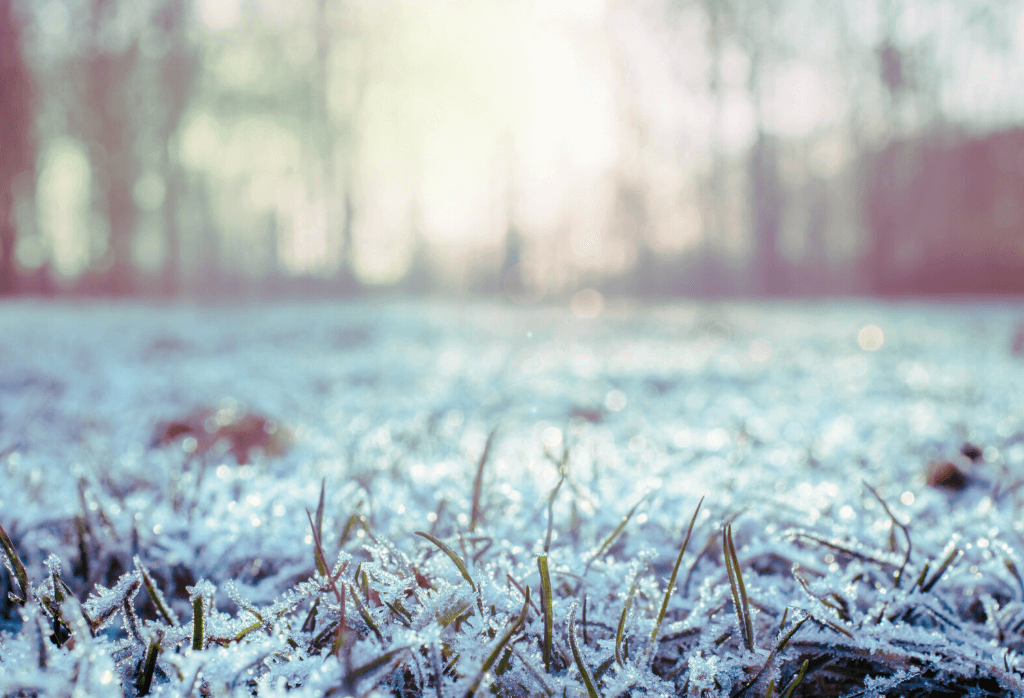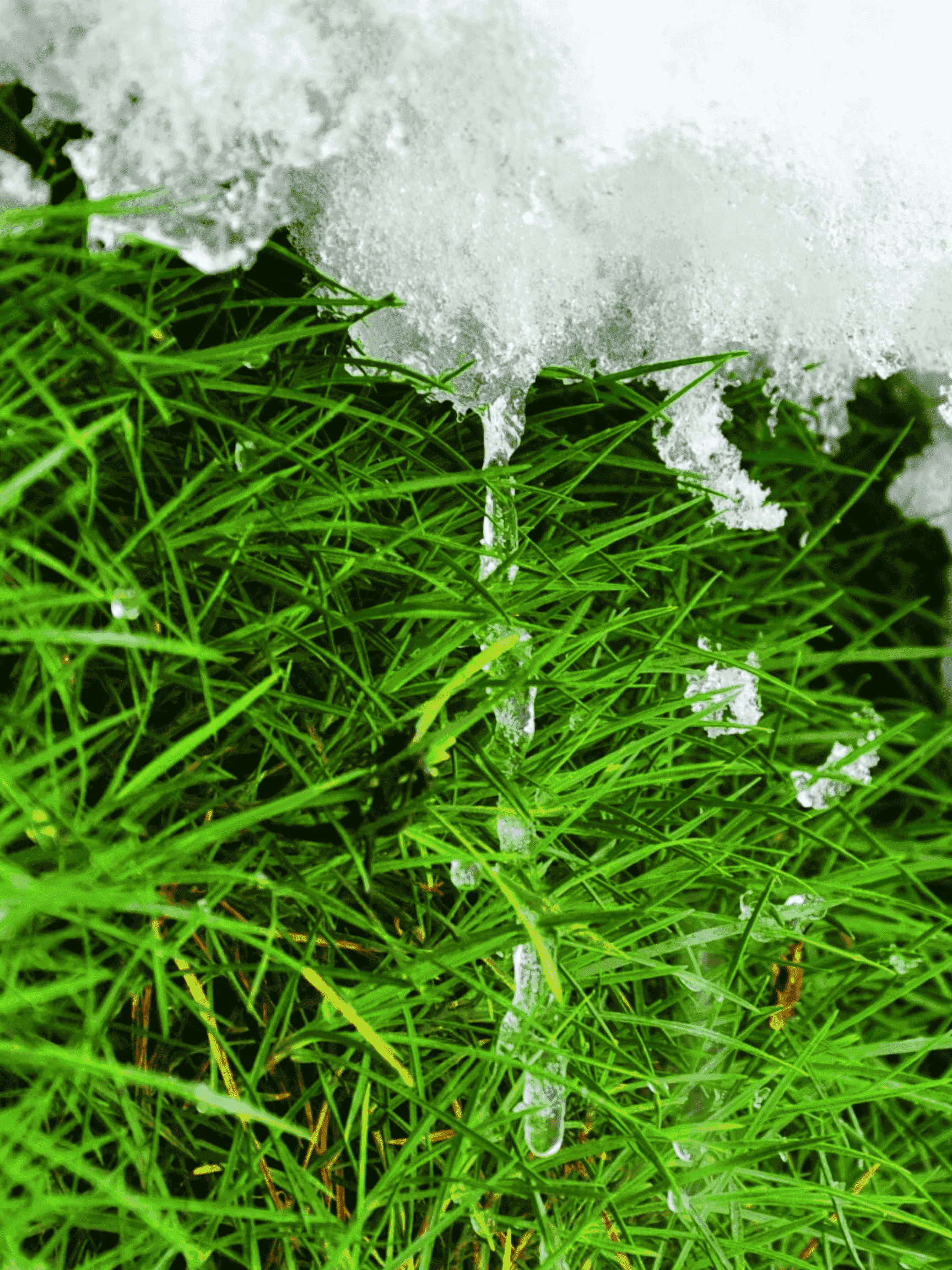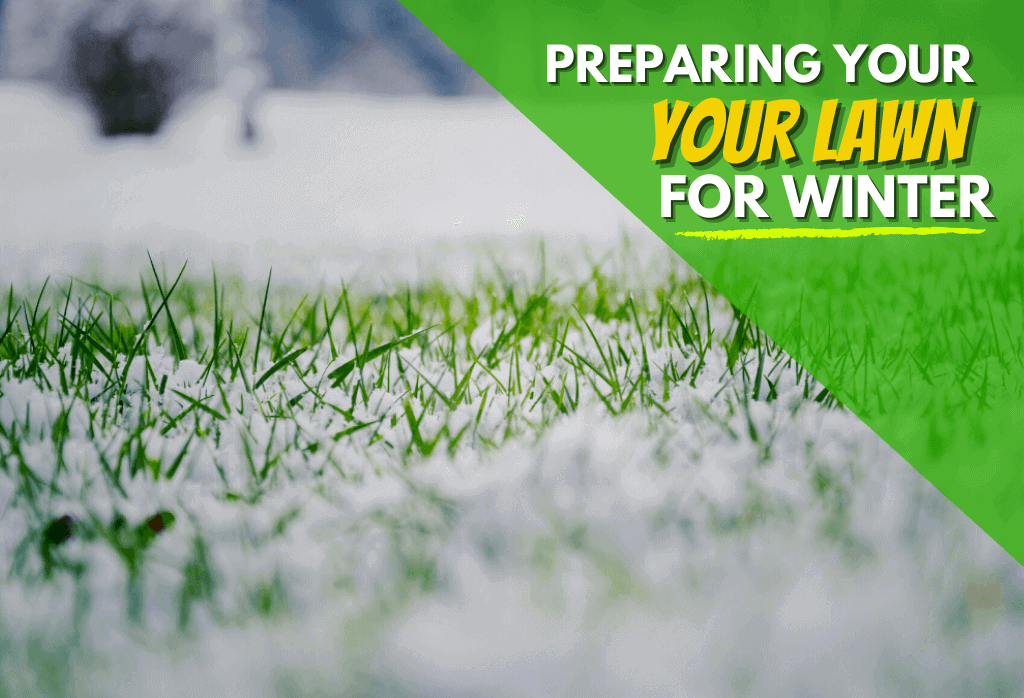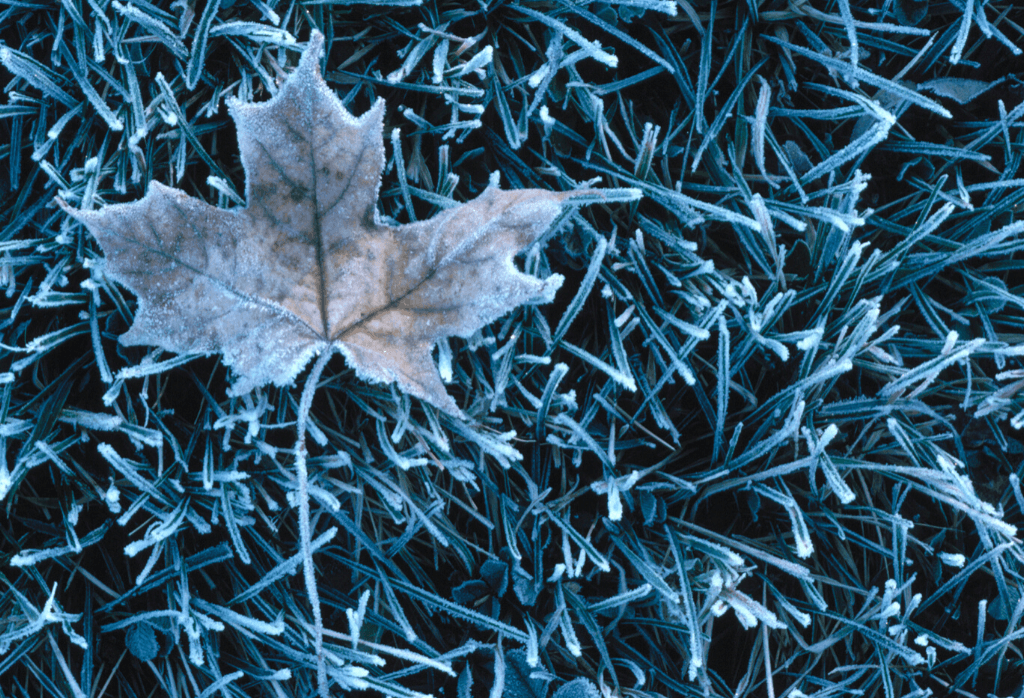How to Winterize Your Lawn
As the stress of summer’s heat and dry conditions come to an end, leaves turn a golden-brown and fall to the ground, we all sense it, Winter is on the way. While most of us turn our thoughts and focus on inside activities, our lawn care responsibilities are really not complete. But what more is there to be done, you ask. After all, the grass has stopped growing quickly and hardly requires mowing, the year is over. Right? Wrong.



The truth is, there are just two or three more things you should be thinking about before saying goodbye to the lawn for another year. The lawn will greatly benefit from late-fall fertilization. While the grass slows down and eventually will not continue to grow, nutrients supplied in late fall are picked up by grass feeder-roots and stored as carbohydrates in the crown of the plant. Specifically, nitrogen and potassium are very important. Nitrogen helps the roots continue to grow deep in the soil and potassium aids in building strong cell walls which, in turn, help the grass plant retain water during the cold and windy winter months. So, a “winterizer” fertilizer application, with both nitrogen and potassium, applied late fall, makes good sense.
And, as the grass slows down, you should mow a bit closer, removing the long blades that, during the summer, helped the plant stay green. Mowing at one and 1/2 to two inches instead of three or four helps prevent ‘matting down’ of long grass blades, where snow-mold tends to develop in the colder, wet winter months.
Finally, unless your lawn is excessively tall, don’t worry about picking up grass clippings and leaves. Leaves should be mulched so they don’t pile in areas and smother the lawn. Leaving clippings from the last mowing on the lawn can provide some insulation and added nutrients as the clippings and leaves decompose. By Spring, clippings will have decomposed and disappear.
In summary, before you put the lawn to bed, be sure you have prepared it well for winter.
For more information on preparing the lawn and garden for winter, click here.


Join Our Free Lawn Care Newsletter
Stay Up to Date With The Latest News & Updates
* We don’t share your info with anyone ever.




